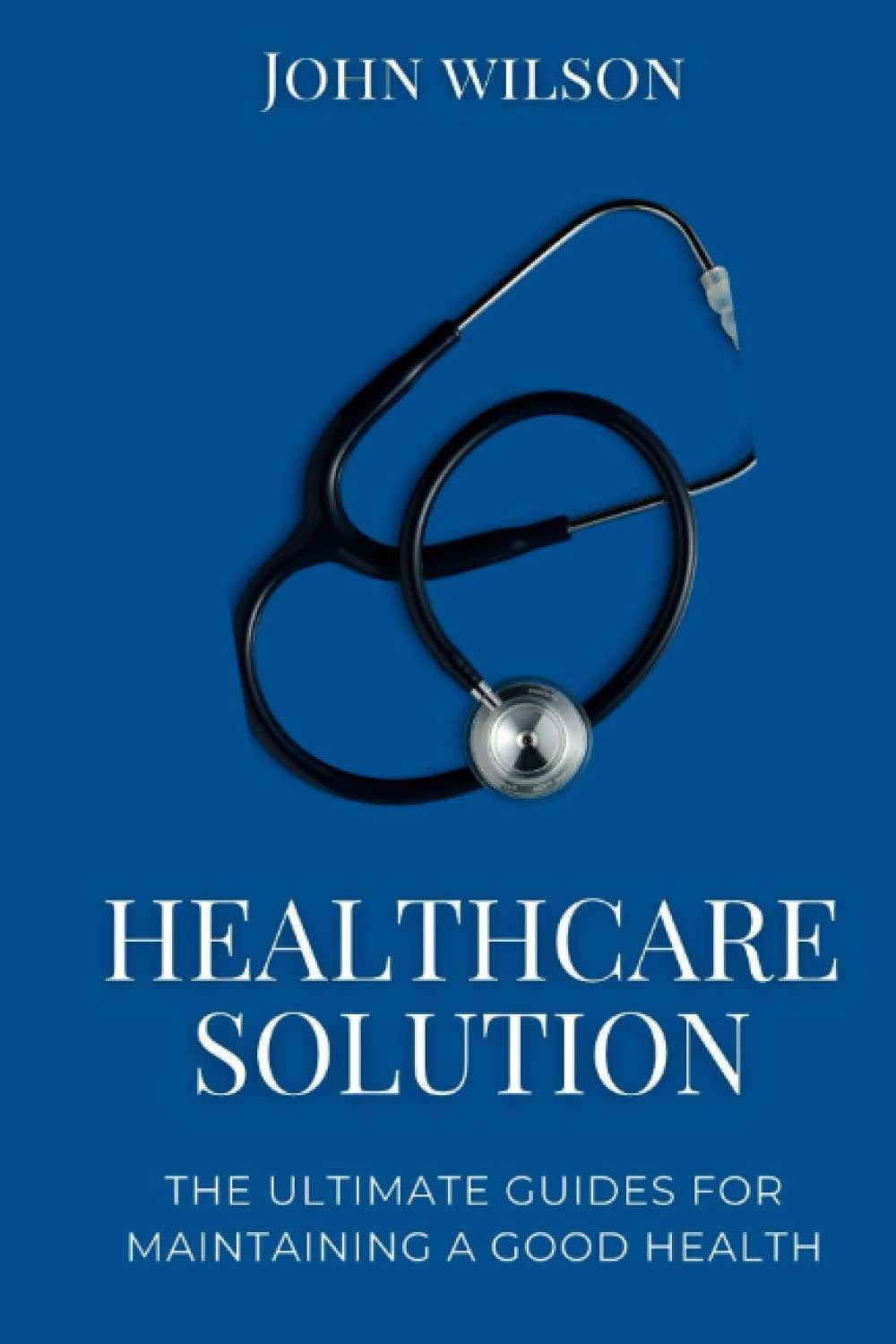In today’s competitive manufacturing landscape, achieving superior product quality is paramount for success. One of the most effective ways to elevate your product offerings and gain a competitive edge is through embracing high precision machining; This sophisticated process, characterized by its tight tolerances and exacting standards, goes far beyond traditional methods to deliver components with unparalleled accuracy and consistency. Investing in high precision machining not only enhances the functionality and reliability of your products but also builds customer trust and strengthens your brand reputation.
The Advantages of High Precision Machining
High precision machining offers a multitude of benefits that directly impact your product quality and overall business performance. These advantages stem from the advanced techniques and technologies employed in the process:
- Enhanced Accuracy: Achieve tighter tolerances and more consistent results compared to conventional machining.
- Improved Functionality: Precise components ensure seamless integration and optimal performance of your products.
- Reduced Waste: Minimize material waste and rework due to errors, leading to cost savings.
- Extended Product Lifespan: Higher quality components contribute to increased durability and longevity of your products.
- Better Aesthetics: Achieve superior surface finishes and aesthetically pleasing designs.
Key Considerations for High Precision Machining
While the benefits are undeniable, successful implementation of high precision machining requires careful consideration of several factors:
Material Selection
The choice of material plays a crucial role in achieving the desired level of precision. Factors to consider include machinability, thermal stability, and resistance to deformation. Working with an experienced machinist will help you determine the optimal material for your specific application.
Equipment and Tooling
Investing in state-of-the-art CNC machines and high-quality tooling is essential for achieving the necessary accuracy and surface finishes. Regular maintenance and calibration of equipment are also vital for maintaining consistent performance.
Expertise and Training
Operating high precision machining equipment requires skilled technicians with specialized knowledge and training. Proper training ensures that the equipment is used effectively and that potential errors are minimized. The intricacies involved demand a high level of understanding of materials and processes.
Comparing High Precision Machining with Traditional Methods
Let’s take a look at a comparative table outlining the key differences:
| Feature | High Precision Machining | Traditional Machining |
|---|---|---|
| Accuracy | Very High (microns) | Moderate (millimeters) |
| Tolerances | Tight | Loose |
| Surface Finish | Excellent | Good |
| Material Waste | Low | Higher |
| Cost | Generally Higher (initial investment) | Generally Lower |
Ultimately, deciding to invest in the techniques and processes of machining with high precision offers a distinct advantage over traditional methods. As you consider improving your product, know that high precision machining is a strategic investment that translates into enhanced product quality, improved customer satisfaction, and a stronger competitive position in the market.
Is High Precision Machining Right for Your Product?
So, with all these benefits laid out, are you wondering if high precision machining is the right choice for your specific product? Are you struggling to meet the ever-increasing demands for tighter tolerances in your industry? Perhaps you’re facing challenges with the functionality or durability of your current products, and are searching for a solution that can significantly improve performance? Have you considered how the superior surface finishes achievable through high precision methods could enhance the aesthetic appeal of your offerings, making them more attractive to discerning customers?
Assessing Your Needs
Before jumping in, shouldn’t you carefully assess your current manufacturing processes? Are you experiencing high rates of scrap or rework due to inconsistencies in your parts? Could improved precision lead to a more efficient assembly process and reduced overall manufacturing costs? What is the cost of not investing in higher precision? Is the current level of quality meeting your customer expectations, or are there opportunities for improvement that could lead to increased customer loyalty and positive word-of-mouth?
Considering the Investment
Undoubtedly, the initial investment in high precision machining can be a significant factor. But have you truly considered the long-term return on investment? Could the reduced waste, improved product lifespan, and increased customer satisfaction ultimately offset the higher upfront costs? Are there government incentives or funding opportunities that could help alleviate the financial burden? Have you explored different options, such as outsourcing your high precision machining needs to a specialized vendor, rather than investing in your own equipment?
Taking the Next Steps
With these questions in mind, are you ready to explore the possibilities that high precision machining offers? Wouldn’t it be wise to consult with experienced machinists and engineers to discuss your specific requirements and determine the feasibility of implementing high precision techniques in your production process? And finally, are you prepared to embrace a culture of continuous improvement and invest in the training and development of your workforce to ensure the successful adoption of these advanced manufacturing methods?

